- the post presents the fresnel equations that are used for smooth metals and surfaces such as water
- shows the Schlick approximations and compares them to the equations and where to retrieve the necessary parameter values
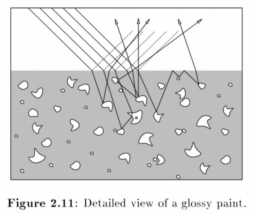
- Reverse engineering the color grading solution used in “The Witcher 3”
- shows how the indexing into LUT works, including rounding mode handing
- the solution used by the game can use up to 3 different LUTs for the same scene
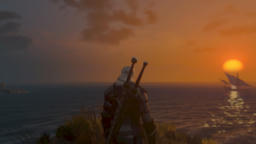
- the article aimed at beginners presents how to use ShaderToy to get started with shader development
- extends the example from simple colors to animated scenes
- shows how to implement a spinning octahedron

- the article presents an overview of aliasing in digital signal processing
- then applies the information and shows how the same understanding applies to computer graphics
- covering rasterization, texture and shading aliasing
- short on time? Only read the TL;DR at the end
- example code provided

- the Unity tutorial shows how to create an outline effect for 2D sprites
- implemented by storing a signed distance field in the alpha channel and using that additional information that in the pixel shader
- discusses buffer allocation, update and mapping strategies
- descriptor pools, texture transfer synchronization, fence signaling, memory alignment, and shader variations
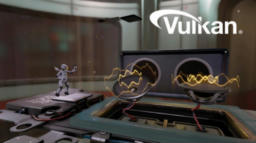
- the post discusses how to write a simple GPU Hash table implementation using CUDA
- uses 32-bit keys and values with open addressing and linear probing

- the article presents that combining signed distance fields of primitives using min and max operations can create incorrect SDFs
- this is especially noticeable on the interiors of objects
- offers 5 different ideas/solutions on how to solve the problem

- part 4 of ray tracing series by Nvidia
- this episode focuses on the RayTracing APIs in D3D and Vulkan
- discusses the types of shaders and how they are interconnected
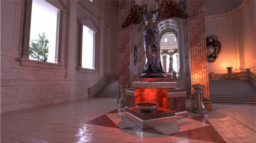
- Video tutorial for Unity that shows how to present the Echo effect (a point-cloud based rendering overlay) from “The Division”
- covers how to generate the data, implement the rendering, interactions with the player and post-processing
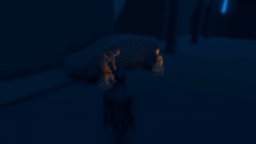
- overview of what is new with DXR 1.1
- presents how to extend a depth pre-pass system for shader ray tracing using the DXR 1.1 RayQuery object
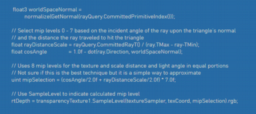
- the document provides an overview of the ASTC texture compression format
- explains how end-point color compression works
- encoding strategies, block sizes and how the format allows the compressor to adapt the techniques for each block

- the article presents how to use new ARM tools to gather performance information (later versions will support Continues integration)
- provides an easy to read report that can be used by non-programmers to validate the performance of the game
- the tool allows performance budgets to be defined, will be shown in the UI
- Automated screenshot collection when frames take longer than a specified threshold to produce

Thanks to Eric Haines for support of this series.
Would you like to see your name here too? Become a Patreon of this series.